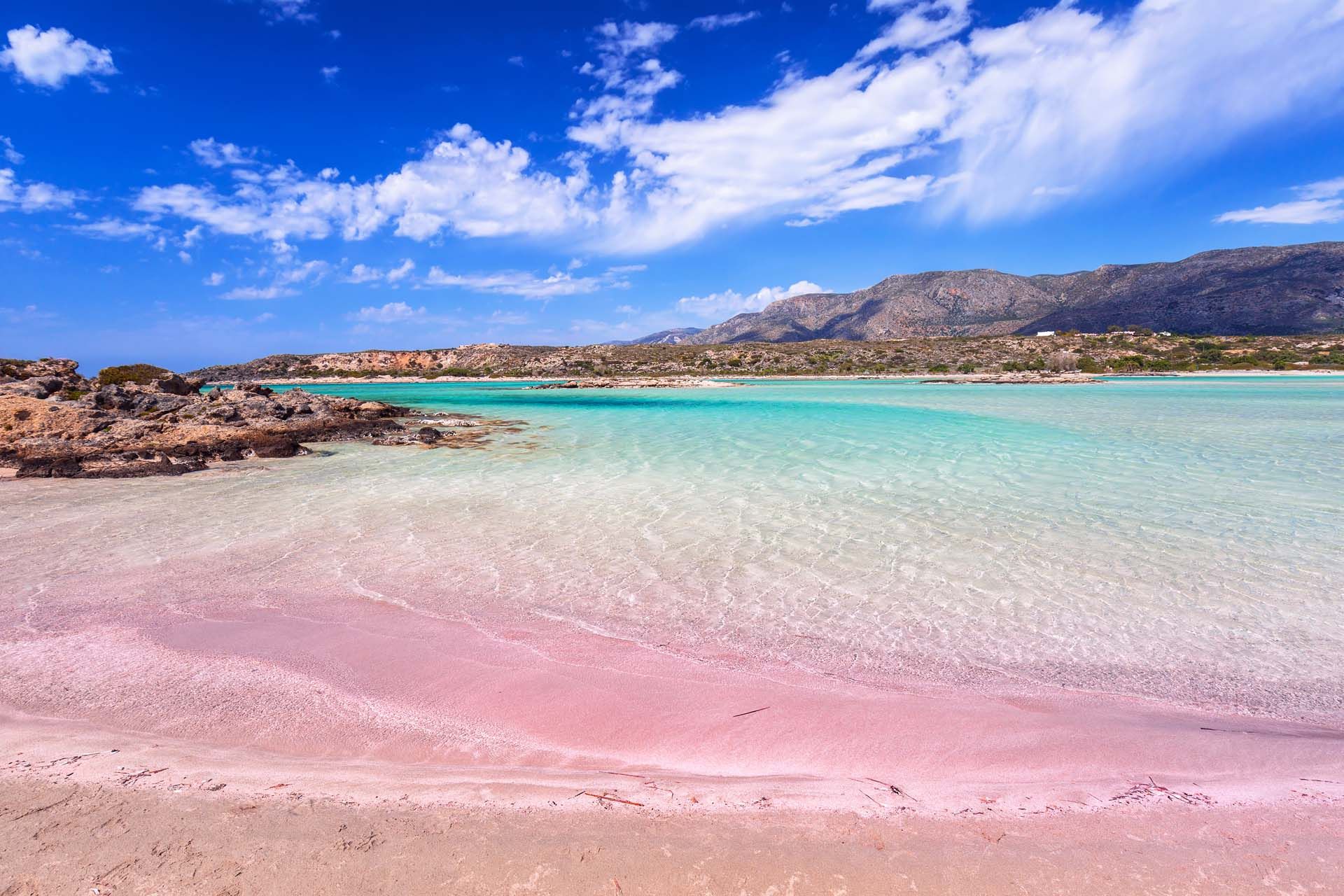Tips for travelling to Crete in August
From what to wear, to making the most of the island’s cultural attractions, here are a few tips to help you plan your trip to Crete in August.
What to wear in Crete in August
Bearing in mind the high temperatures, you’ll want to wear lightweight clothing. Your packing list should prioritise light dresses, shorts, t-shirts, sandals and flip-flops.
Remember to bring footwear suitable for walking — that counts for when you’re out and about visiting villages and towns, or when you fancy exploring Crete’s walking trails.
Be sun-savvy
The UV index will be super-high in Crete in August, so you’ll need to keep slavering yourself in sunscreen and wear a hat and sunglasses.
Don’t forget to top up applications after swimming, and try to limit sun exposure between noon and 4pm, which segues into our next tip…
Visit top attractions early in the day
To avoid highest sizzling temperatures, plan to visit top attractions like Knossos and Phaistos in the early morning.
Not only will the day be pleasantly warm at this time (as opposed to being scorching hot!), but you’ll also avoid the hordes of coach parties. These tend to arrive from 10am.
The same goes for hikers and walkers — set out early.
Book flights and accommodation early
As August is the pinnacle of Crete’s high season, it goes without saying that you should book flights and your preferred accommodation as early as possible.
Leaving it late will mean paying higher prices, and you could be too late to secure your number one location and preferred flights.






